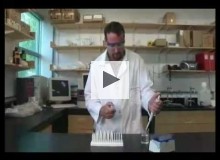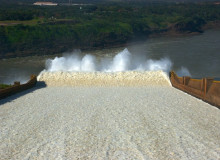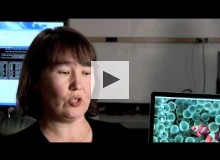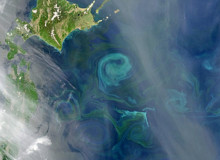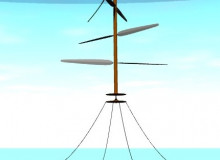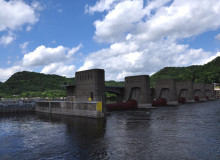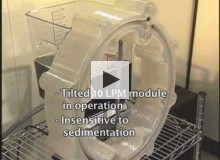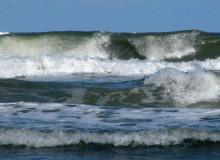Water
National Science Foundation
A program that has been measuring ocean temperature and chemistry since 1954 shows the ocean has been gradually warming and increasing in salinity.
Although the changes are small, the impact is large, and the fact that the chemistry of the open... Read More
The University of Mississippi is using titanium dioxide to clean oysters affected by the BP Oil Spill. This video takes a look behind the science of titanium dioxide as well as the clean oysters' local impact on the restaurant industry.
National Geographic and Planet Forward
By Daniel Kammen
What can be done to diversify our clean energy technology options? In recent years we have seen a number of seemingly “old” technologies undergo a reassessment, and a reinvention. Geothermal power, once assessed as “an excellent... Read More
Researchers from University of Michigan are looking to fish to monitor water quality. But, we're not talking about Nemo, these fish are robots!
National Science Foundation
Among the casualties of the March 11, 2011, earthquake and resulting tsunami in Japan was the country's Fukushima Daiichi nuclear power plant.
A result of the loss of electricity, overheating at the power plant led to significant releases of iodine... Read More
Planet Forward
This week, tackling one of the great challenges of our time – water. The engineers at Palo Alto Research Center (PARC) say they have the answer that could make it cheaper and less energy-intensive to clean water. It has no moving parts and no filter... Read More
You know how we have wind turbines scarring (and killing birds) our hills, mountains and valleys, well this idea is based on the same principle. Using horizontal turbines and placing them in our rivers, streams, waterfalls and oceans is a vast,... Read More
PARC’s breakthrough clean water platform technology, Hydrodynamic Separation (HDS), can potentially provide multiple benefits, such as: Compact form factor – ideal for space- and weight-constrained sites; Modular and scalable – easily increase or... Read More
My idea has to do with using ocean currents to power homes, industrial buildings and much more. By putting tubines in the ocean where jet streams are prevelant, we can use that energy to power many things. Inside the turbines would be big bar... Read More

